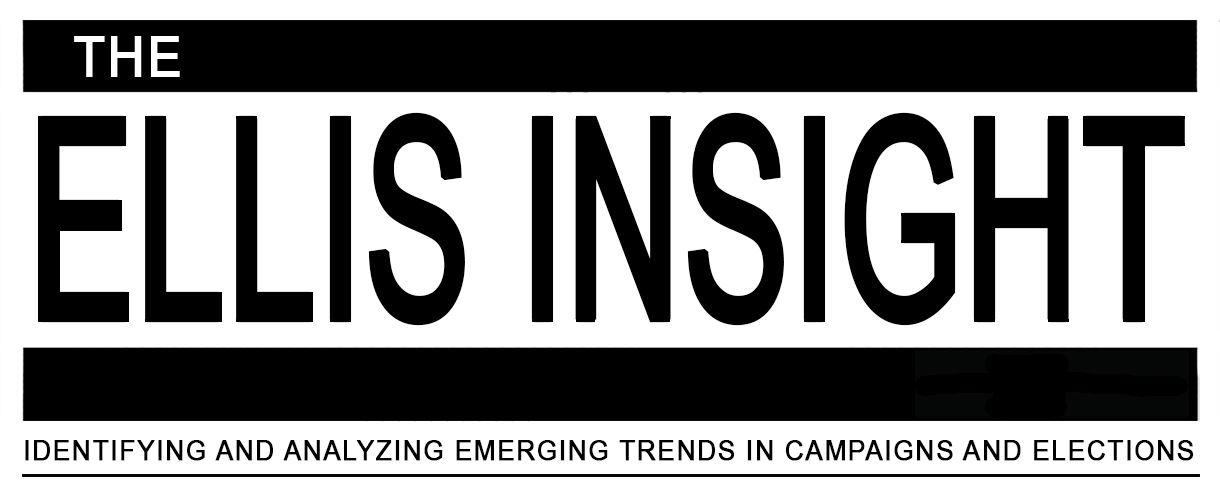Dec. 2, 2015 — The early presidential calendar brings March congressional primaries to seven states. Instead of doubling the election cost with a stand-alone presidential primary followed by a commensurate state nomination event later in the year, several legislatures decided to move their entire cycle to an unusually early calendar slot.
The March primary states, aside from Texas and Illinois, which normally hold their nomination voting then, are: Alabama, Arkansas, Mississippi, North Carolina and Ohio.
March 1
Alabama: Sen. Richard Shelby faces Republican primary opposition from four opponents, one of whom, businessman Jonathan McConnell, could self-fund a campaign should he choose to do so. This is a good example of where the short time frame hurts potential challengers. Sen. Shelby should have little problem disposing of his competition to win re-nomination for a sixth term. Should Shelby fall below 50 percent, a run-off election would be held on April 12.
All seven House members are seeking re-election. Rep. Bradley Byrne (R-AL-1), Rep. Martha Roby (R-AL-2), Rep. Mike Rogers (R-AL-3) and Rep. Robert Aderholt (R-AL-4) all face Republican opposition. All are favored to win without a run-off.
